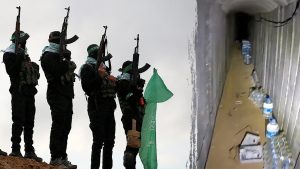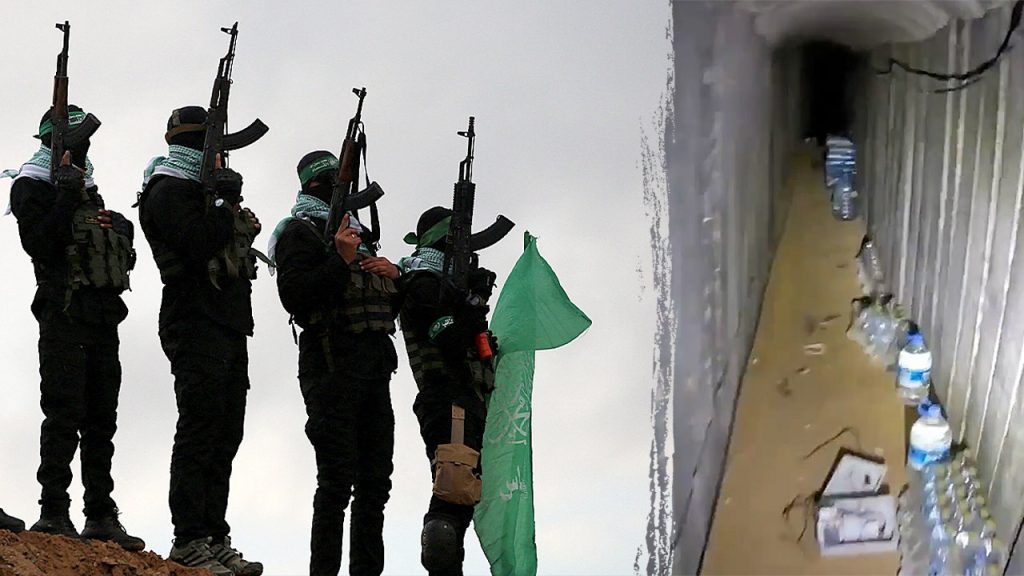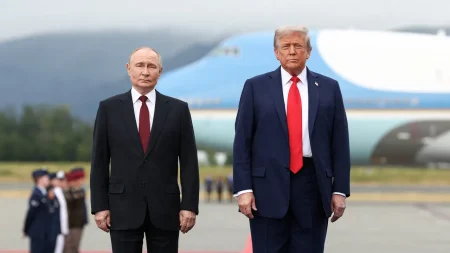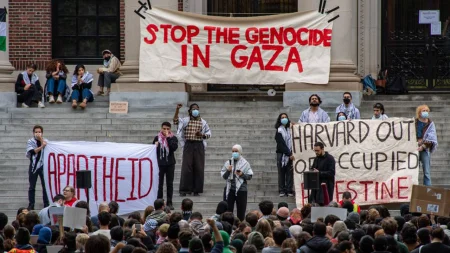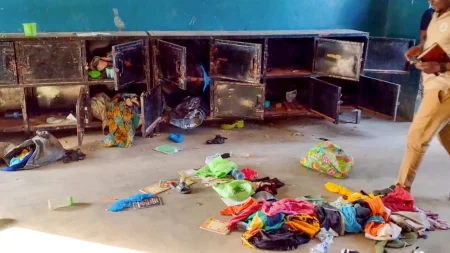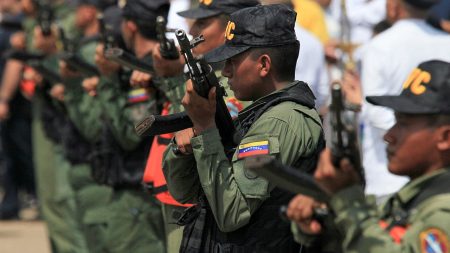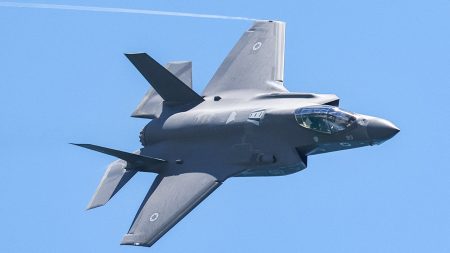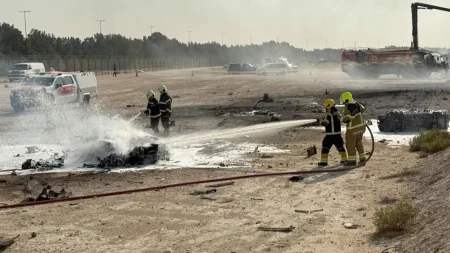Israel Uncovers Massive Hamas Underground Network in Rafah
In a striking revelation that highlights the complexity of the Gaza conflict, the Israel Defense Forces (IDF) recently shared footage of what they describe as one of Hamas’s most sophisticated underground infrastructures discovered to date. This seven-kilometer tunnel network, buried approximately 25 meters beneath the southern Gaza city of Rafah, represents a significant find in Israel’s ongoing campaign against Hamas’s subterranean warfare capabilities. The extensive tunnel system contains roughly 80 rooms and, according to Israeli military sources, served multiple purposes for Hamas operatives – from command operations and weapons storage to providing shelter for fighters. The video released by the IDF on social media offers a rare glimpse into this hidden world, showcasing reinforced concrete passageways and spacious chambers that speak to the engineering effort behind Hamas’s underground strategy. Perhaps most controversially, Israeli officials claim the tunnel originated beneath a United Nations Relief and Works Agency (UNRWA) compound and extended under various civilian sites – a pattern they suggest demonstrates Hamas’s deliberate use of protected locations for military purposes.
The discovery carries particular emotional significance for many Israelis, as the IDF believes this tunnel network may have connections to the area where Lieutenant Hadar Goldin was held captive. Goldin, an Israeli soldier abducted during the 2014 Gaza war, became a symbol of the conflict’s human cost and the pain of families with missing loved ones. His remains were only returned earlier this month after more than a decade in Hamas custody. This connection between the newly discovered tunnel and Goldin’s captivity provides a sobering reminder of how these underground structures have facilitated Hamas operations for years. “IDF troops uncovered one of Gaza’s largest and most complex underground routes, over 7 km long, ~25 meters deep, with ~80 hideouts, where abducted IDF officer Lt. Hadar Goldin was held,” stated the military in their social media post accompanying the tunnel footage. For many Israelis, the tunnel’s exposure represents not just a tactical victory but the unveiling of a space where a fallen soldier may have spent his final days.
Security experts view the destruction of this tunnel as much more than a symbolic win – they see it as a strategic blow to Hamas’s operational capabilities in Gaza. Professor Kobi Michael, a senior researcher at the Institute for National Security Studies (INSS) and the Misgav Institute, emphasized the importance of these findings in an interview with Fox News Digital: “The destruction of this tunnel as well as many others like it or similar… as well as other terror facilities pushes Hamas to the edge.” While acknowledging that this particular tunnel stands out for its length and complexity, Michael stressed that it represents just one component of a much broader underground network that Hamas has developed over years. These “root tunnels,” as Michael describes them, form the backbone of Hamas’s underground warfare system, functioning as strategic assets that connect to numerous smaller tactical tunnels throughout Gaza. “This is an example of a root tunnel, a strategic one that feeds many tactic tunnels and is used for strategic purposes [such] as command and control, weapon storage, manufacturing platforms of weapon[s] and strategic logistics,” he explained.
The sophistication of these tunnel networks speaks to the resources Hamas has dedicated to their underground infrastructure, despite Gaza’s economic challenges. While the exact cost of constructing such an extensive tunnel system remains difficult to calculate precisely, experts like Michael suggest the price tag likely runs into the millions. This estimation accounts for building materials, labor, facilities, and the engineering expertise required to create functional underground spaces at that scale. Critics of Hamas point to these expenditures as evidence that the organization prioritizes military infrastructure over civilian needs in Gaza. The strategic placement of these tunnels also appears deliberate, with Michael noting, “Hamas chose routes under sensitive civilian and humanitarian facilities in order to prevent the IDF from attacking the tunnel.” This tactic presents significant challenges for Israeli forces attempting to dismantle these networks while minimizing civilian casualties – a dilemma that has characterized much of the current conflict.
For the Israeli military, dismantling Hamas’s tunnel network has been a consistent strategic objective across multiple conflicts. During the 2014 Gaza war, Prime Minister Benjamin Netanyahu explicitly stated that Israel intended to destroy Hamas tunnels “with or without a ceasefire,” recognizing their critical role in the organization’s ability to launch attacks into Israeli territory. The current conflict has intensified this focus, with the IDF reporting the discovery of approximately 1,500 Hamas tunnels and access shafts throughout Gaza since operations began following the October 7 attacks. These underground passages serve multiple purposes in Hamas’s asymmetric warfare strategy – from moving fighters and weapons undetected to storing munitions away from Israeli airstrikes. Perhaps most controversially, according to Reuters investigations, Hamas has reportedly used these tunnels to hide hostages taken during the October 7 attack on Israel, further complicating rescue efforts and military operations.
As the conflict continues, the destruction of underground infrastructure remains central to Israel’s stated goal of dismantling Hamas’s military capabilities. Each tunnel discovery provides Israeli forces with intelligence about Hamas’s operations while simultaneously eliminating physical infrastructure that would be difficult to rebuild. For Palestinian civilians caught in this conflict, however, the underground war has devastating above-ground consequences, as military operations targeting tunnels often result in significant destruction to surrounding areas. The seven-kilometer Rafah tunnel stands as a testament to the complexity of this conflict – where the invisible battlefield beneath Gaza’s streets has profound implications for both military strategy and civilian suffering. As Israel proceeds with operations throughout Gaza, including recently announced offensives in Gaza City, the struggle over this underground domain will likely remain a defining feature of the conflict, with each side understanding that control of what lies beneath may ultimately determine what happens above.

